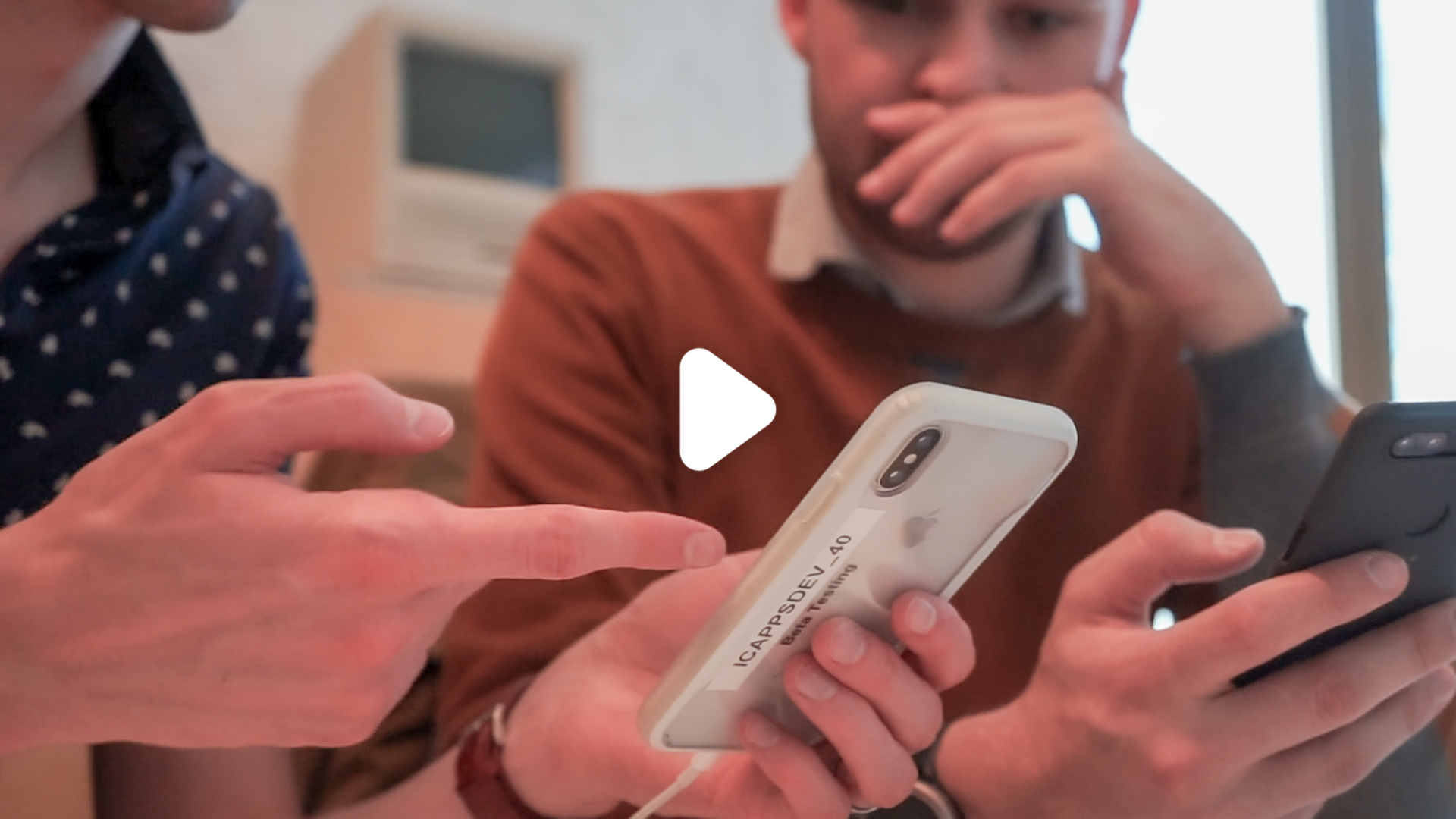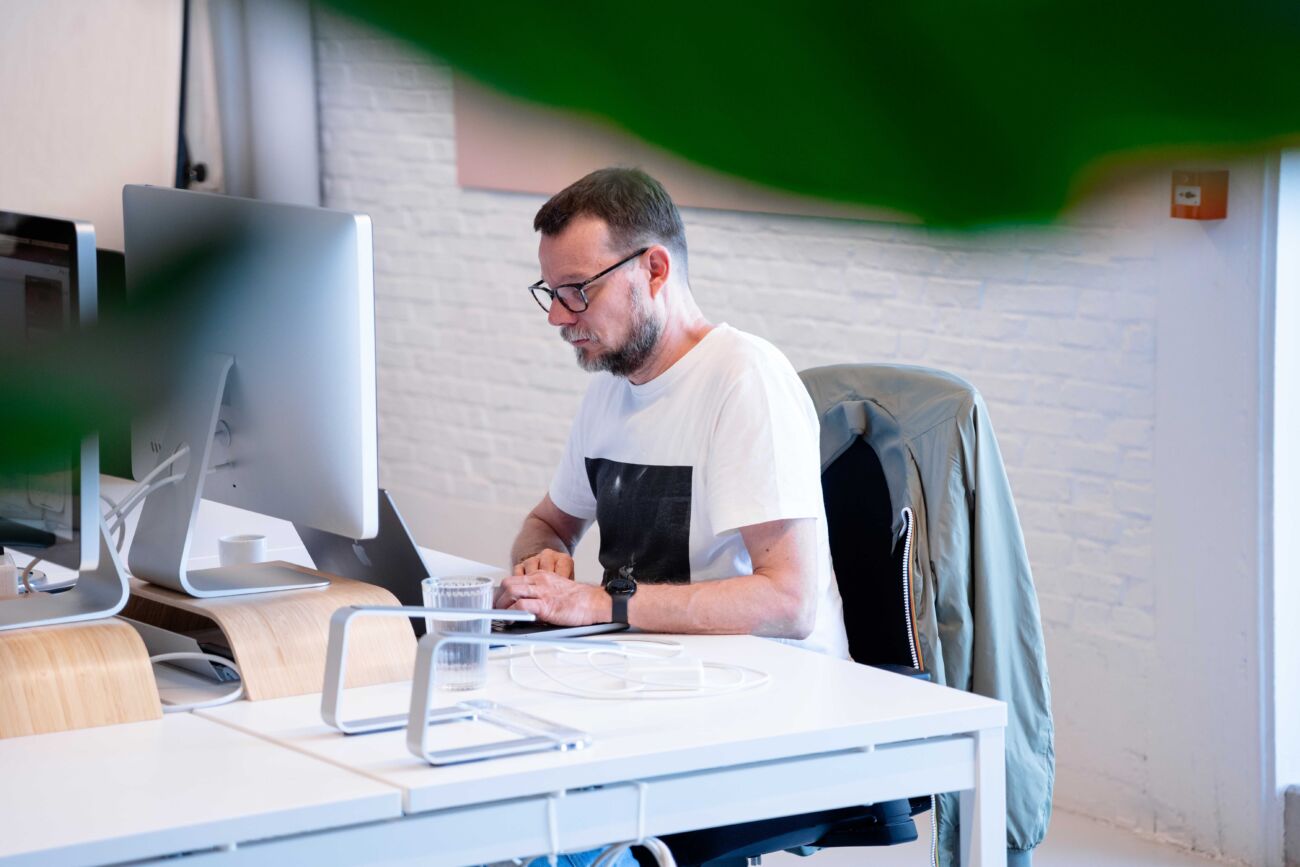In December 2018 Google had its first stable release of Flutter 1.0, after having it in beta mode for over 18 months. Flutter is a cross-platform open-source SDK (Software Development Kit) to build apps for iOS & Android. With its fast development, expressive UI and native performance Flutter should be music to your ears. Of course we didn't want to get ahead of ourselves, so we've put the technology to a test first...
In the video below Wouter Martens (CTO and Partner at icapps) and Koen Van Looveren (Android and Flutter Developer at icapps) share their findings after building a proof of concept (PoC)...

As the video shows, Flutter has a lot of potential despite its young age. We are happy to give you a recap.
Flutters 3 main principles
1. Expressive UI
With Flutter's built-in widgets Google emphasises the importance of developing applications with beautiful and expressive designs. This way, the technology makes it easy for developers to implement and adjust designs quickly.
2. Fast development flow
The hot reload is another feature that helps you easily experiment, build UIs, add features and fix bugs faster. With one push of a button, changes are saved and instantly visible on your test device.
3. native performance
Flutter's architecture is fundamentally different from other cross-platform technologies. While most cross-platform technologies leverage the view components (OEM Widgets) available within the OS to draw the UI layer, Flutter handles this itself and packages the widgets inside your app. The only element it uses from within the OS is a canvas. The pictures below show this difference, using React Native as an example.
Putting Flutter to the test
We wanted to test Flutter’s features and possibilities thoroughly and preferred to frame our PoC in a realistic situation. The business use-case of KBC Bolero proved to be perfect for evaluating the different aspects that make qualitative software. When we told KBC Bolero about our approach, they were happy with our proactive thinking and were keen on getting the insights we gathered. In 3 weeks, with 3 developers, we managed to develop a fully functional proof of concept and learned a lot about this promising new technology.
Our conclusion? Experts Wouter and Koen testify...

